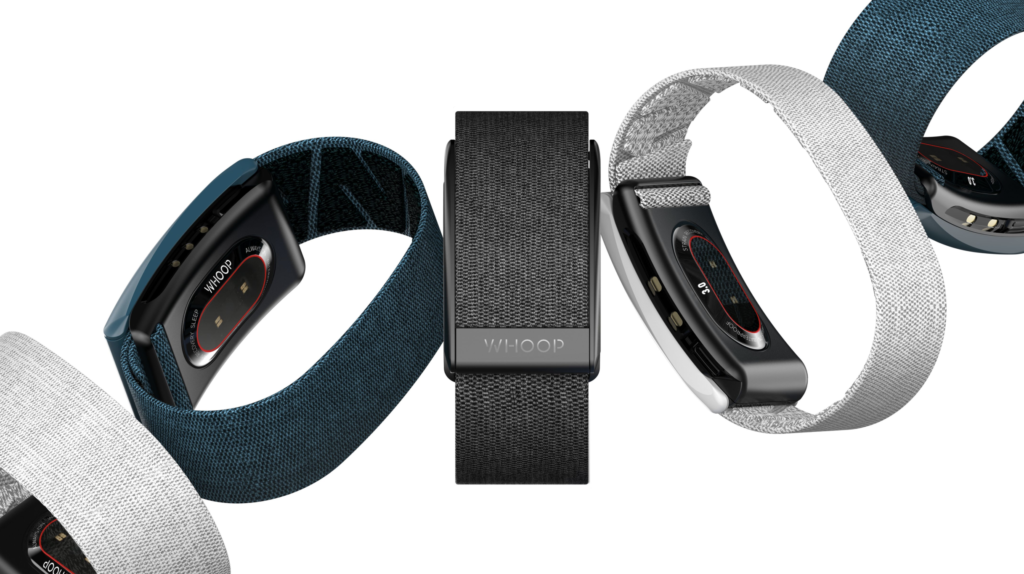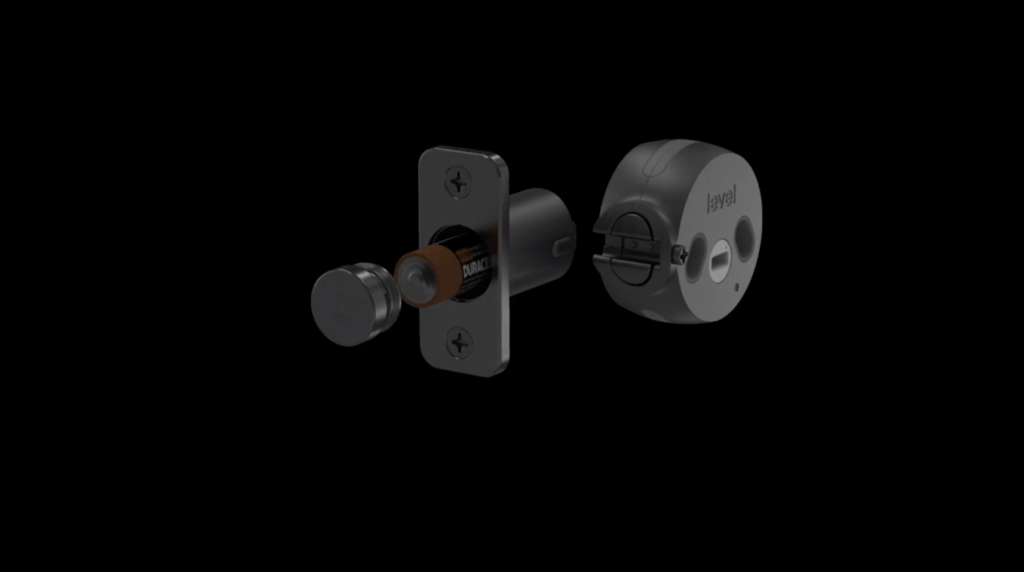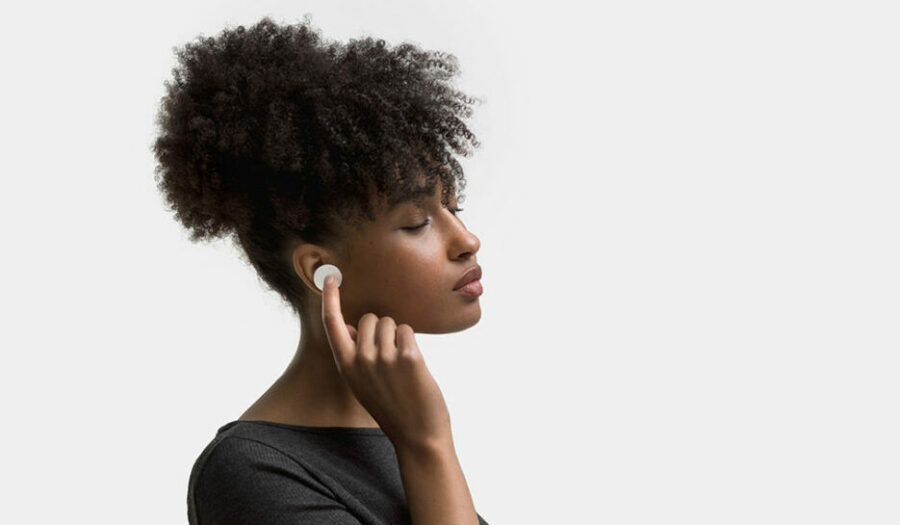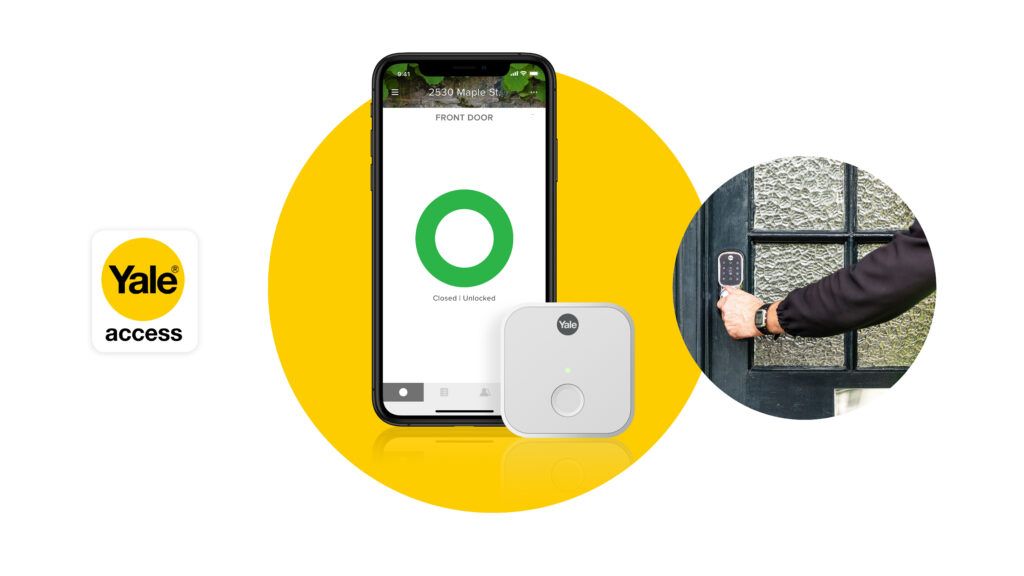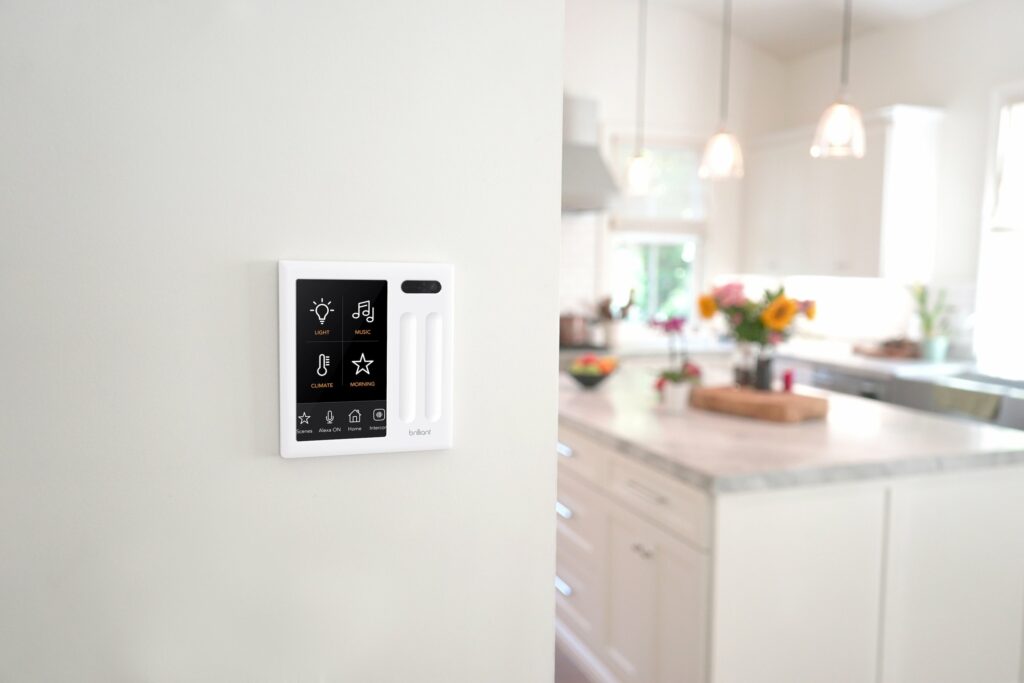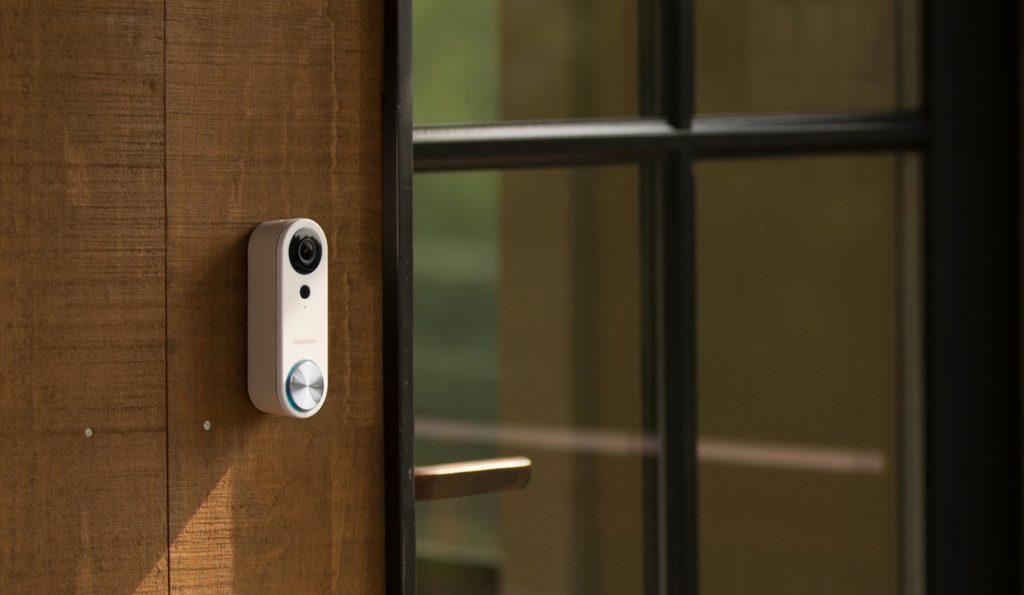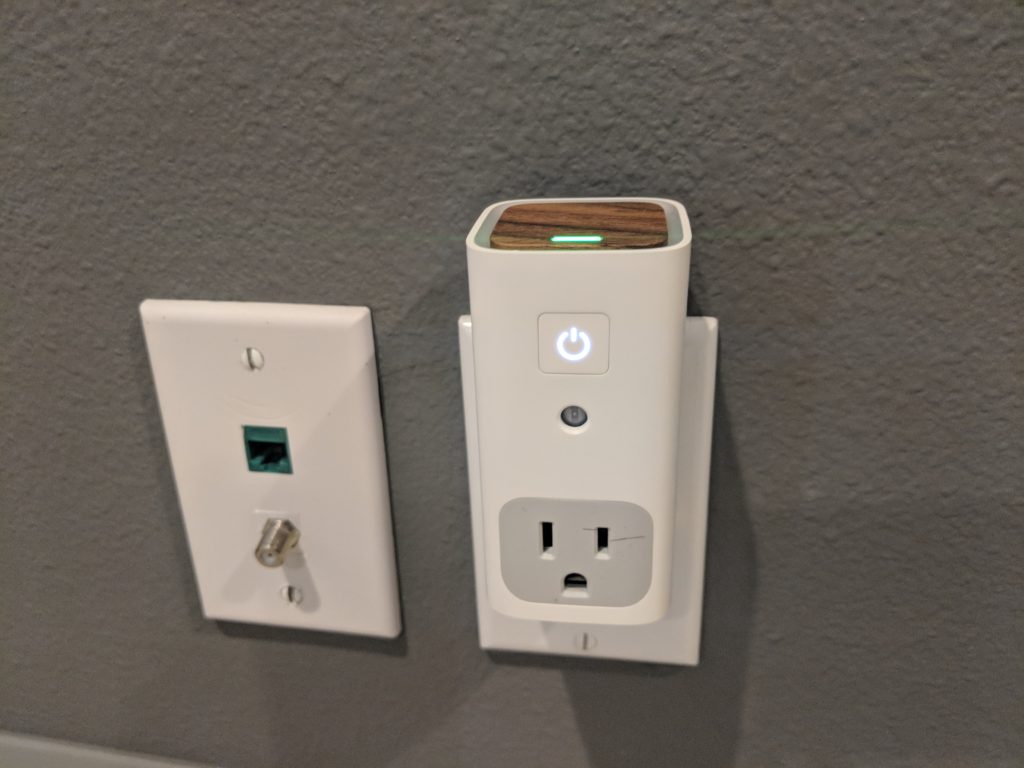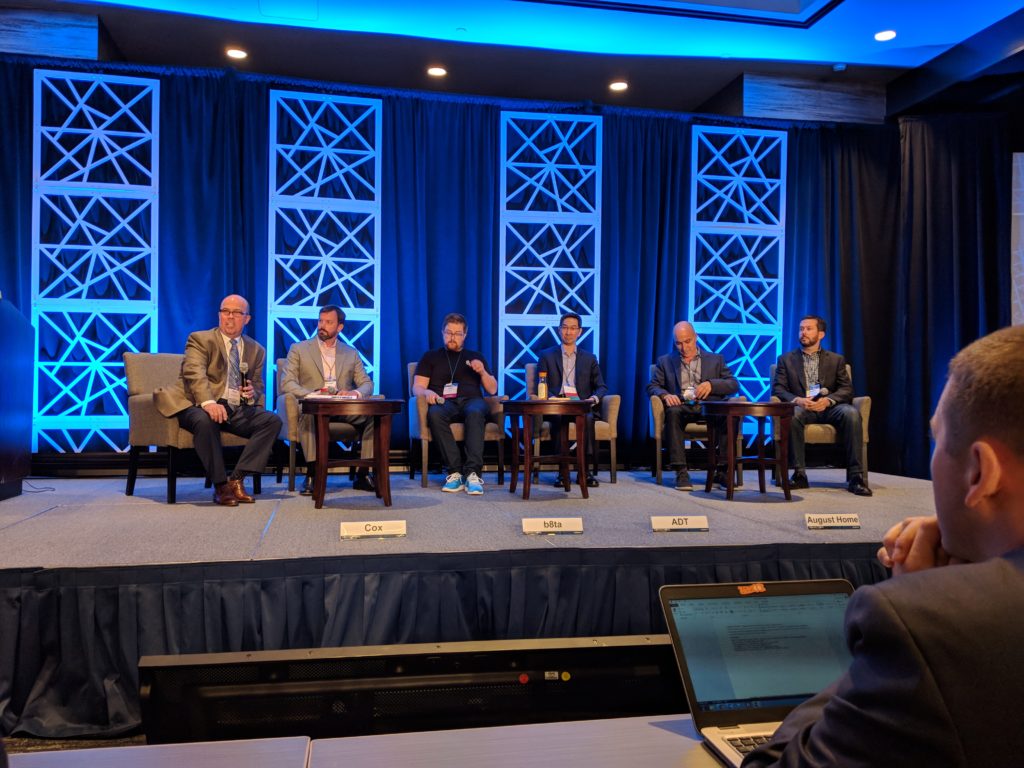This week Kevin and I start the show with a focus on Google’s new Glass product for the enterprise, and a newly discovered smart hub from the Craftsman brand (h/t Jimmy Hawkins). We also cover the Starling smart hub that can link your Nest gear to your HomeKit account, and discuss Kevin’s reaction to Ring partnering with his local police force. In smaller news, there’s a new industrial hardware board for IoT, Google can help find your Tile, MIT has doubled wireless carrying capacity with a smart surface, and Philips Hue fixes a security flaw. We also muse on Google’s hardware numbers — or lack thereof — and close with a question about Zigbee devices falling off a SmartThings’ network.

My guest this week is one of the creators of a new device designed to stop your smart speaker from listening to your conversation. Demian Pimentel is an electrical engineer with Pleasant Solutions. The Candian software development firm has launched a device called Paranoid that sits on top of your smart speaker and either physically turns off the microphone or uses white noise to block the mic from listening in. When the user activates the Paranoid device using their voice the Paranoid either physically unmutes the smart speaker or stops generating white noise so Google or Alexa can hear the request. Pimentel explains why Pleasant built this and how it works for our listeners. It feels like a security blanket for people who are worried enough about their smart speaker to spend $49 for a Paranoid device but are still enamored by the convenience of their smart speaker.
Hosts: Stacey Higginbotham and Kevin Tofel
Guest: Demian Pimentel is an electrical engineer with Pleasant Solutions
Sponsors: Digicert and Very
- Can Google’s new Glass cut it in the enterprise?
- Kevin discovers that Ring doorbells in his neighborhood may share with police
- This industrial IoT board may double as a space heater
- What is Paranoid, and will it protect my privacy?
- Is this a necessary device or a patent grab?
Podcast: Play in new window | Download | Embed
Subscribe: RSS

